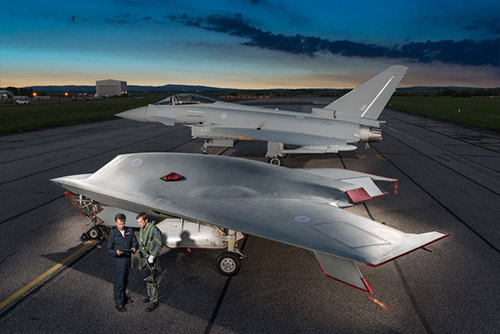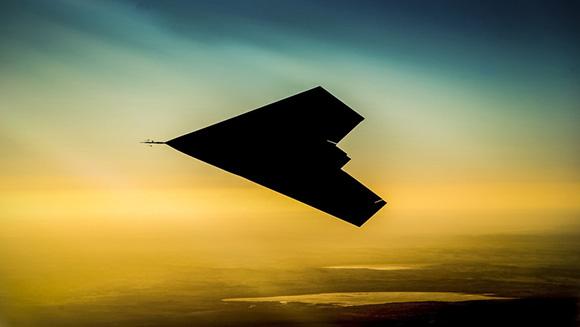The last flight of the Taranis it should have taken place last fall, in Australia, but the start of a new series of tests may be imminent. The UK Ministry of Defense is considering further testing the capabilities of the Taranis, considered the most advanced UAV in the world.
It is a decision that belongs to the British Ministry of Defense - specify from BAE Systems - we are still studying the data collected during previous flights.
Information on the real capabilities of the Taranis are classified, as well as the number of missions completed to date. Only one fact was confirmed: all the flights of the second and third phase of the technology demonstrator were conducted in configuration stealth the final. The third phase should have taken place in Australia, the second in Europe.
Taranis it was designed for asymmetric warfare as well as air-to-air and air-to-ground combat. Taranis successfully completed a test flight, recorded and advertised on 10 August 2014 at the Woomera military range in southern Australia. He flew for 15 minutes, maneuvering at various altitudes and at different speeds before landing. A week later, on 17 August, another test flight took place. Phase two should have ended with four more flights. The details of phase three are unknown.
The program (actually there could be two i Taranis operational) cost 350 million dollars to date, aims to develop a low observability unmanned aircraft for C4ISTAR missions for surveillance, information gathering and electronic warfare in enemy territory.
 The wings of the Taranis have a high positive arrow angle with an opening measuring 33 meters wide. According to BAE Systems the Taranis is the ultimate in aeronautical engineering and design.
The wings of the Taranis have a high positive arrow angle with an opening measuring 33 meters wide. According to BAE Systems the Taranis is the ultimate in aeronautical engineering and design.
In the second series of test flights, operators evaluated electronic warfare capabilities, encrypted communications systems, the integration between the engine and the aircraft's signature to evade radar detections.
"Taranis", the name of the Celtic god of thunder, is part of the Anglo-French program known as Future Combat Air System (FCAS). FCAS aims to develop a new combat drone stealth, with member countries contributing in equal parts to half of the program budget.
We know that most of the drone technology was developed in England, but several American companies, including General Electric and the Triumph Group, have designed most of the flight systems.
The first flight of the Taranis took place between October 2013 and March 2014. The drone demonstrated its ability to taxi autonomously to the runway for take-off, take off and fly to the destination area. Taranis it would then be able to generate a flight plan to the target, locate it and return to base. The aircraft also performed a simulated assessment of the damage done to the target before making a landing: all without human intervention.
The investment for the Taranis it is covered for 30% by the BAE and the UK Ministry of Defense for the remaining 70%.
(images: BAE Systems)












